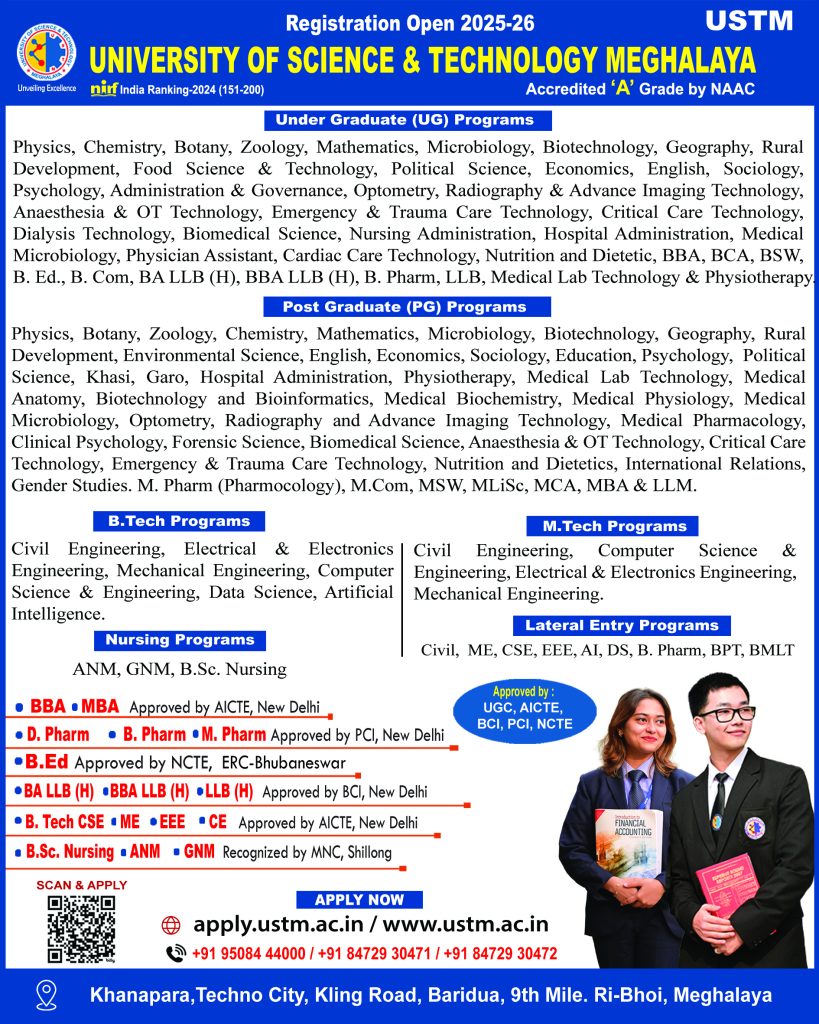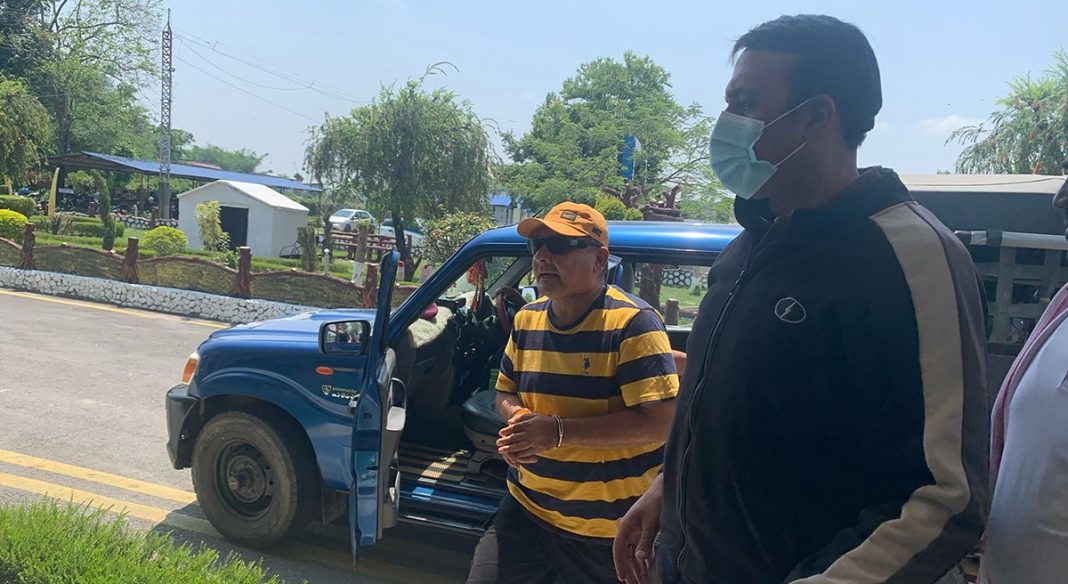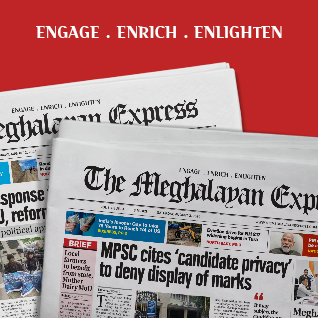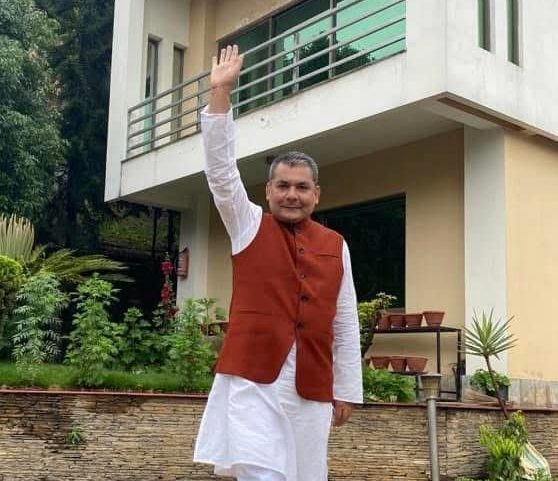
Guwahati, April 12: In a dramatic twist to one of Nepal’s most volatile political sagas, Durga Prasai—a self-styled royalist crusader and former Communist insider—was arrested in Assam’s Baksa district and extradited to Nepal on Friday. His capture ends a 15-day manhunt that spanned two countries and brings renewed focus to Nepal’s fractured monarchy movement, which has surged in visibility under his leadership.

Prasai was apprehended in Tamulpur, a region tucked into northeastern India’s saffron belt, known for its ideological alignment with the Hindu nationalist Bharatiya Janata Party (BJP).
Indian authorities handed him over at the Kakarbhitta border, where he was taken into custody by Nepal Police’s Central Investigation Bureau (CIB) and flown to Kathmandu on a Buddha Air flight. He is now being held at the District Police Office and is expected to be presented in court for a custody extension.
His arrest comes amid rising tensions in Nepal following a violent royalist protest on March 28 in Kathmandu. The demonstration, led by the Joint People’s Movement Committee for the Restoration of Monarchy, descended into chaos when protestors breached police barricades in the Tinkune area.
Prasai, seen behind the wheel of a vehicle that was forced through a restricted zone, was at the heart of the escalation. The crackdown was swift and brutal—police deployed tear gas, water cannons, and live bullets. Two protestors died, and at least 20 were injured.
Following the protest, Prasai vanished. In a bid to maintain his narrative, he released multiple video messages claiming he was still in Nepal. But speculation grew that he had crossed India, with whispers of possible support from sympathizers across the border. His capture in Assam confirmed those suspicions—and triggered new questions about cross-border ideological coordination.
Though charges against him include incitement of violence, Prasai’s rise is rooted in a broader political transformation. Just a decade ago, he was a Jhapa-based hospital owner with ties to Nepal’s Communist movement. A Maoist sympathizer in his early days, he later joined the UML (Unified Marxist–Leninist) and was appointed to its central committee by party leader KP Sharma Oli.
His fall from grace began in 2018. A widely circulated photo showing Prasai sharing a meal with Oli and Maoist leader Pushpa Kamal Dahal (Prachanda) became a lightning rod for public anger—seen as emblematic of backroom collusion in a country reeling from economic stagnation and political disillusionment.
Around the same time, he was accused by civil society figures, including reformist Dr Govinda K.C., of exploiting Nepal’s healthcare sector for profit—earning him the label of “medical mafia.”
The tipping point came when his B&C Medical College failed to gain formal affiliation. Despite his political connections, the project stalled. In 2022, after being denied an election ticket by UML, Prasai turned on the very system he had once worked within.
By 2023, he had reinvented himself as a royalist figurehead, calling for the restoration of the Hindu monarchy and abolition of the federal republic. His rhetoric—nationalist, anti-elite, and laced with religious sentiment—found traction among Nepal’s disenchanted youth and rural conservatives.
While ageing monarchist leaders like Kamal Thapa struggled to reinvigorate the movement, Prasai stormed into the vacuum with street protests, online campaigns, and a flair for confrontation. His “Nation, Nationality, Religion-Culture, and Citizen Rescue Campaign” positioned him as both a disruptor and a saviour in the eyes of his followers.
On March 27—just a day before the deadly protest—the Joint People’s Movement Committee formally appointed him as its “Public Commander,” signalling a shift from traditional royalist conservatism to radical populism.
The symbolism was clear: the monarchy movement had a new general, and he wasn’t going to play by old rules. His flight to India added yet another layer of intrigue. Assam, ruled by the BJP and culturally tied to Hindu nationalism, appeared an odd but symbolically potent hideout.
While no evidence has emerged linking Indian groups to his escape, the optics alone have raised eyebrows in diplomatic circles. In Nepal, reactions to his arrest have been divided. The government has touted it as a necessary step toward restoring order and accountability.
But royalist groups—though splintered and lacking coordination—have denounced the move as authoritarian overreach. Some have hinted at mass mobilizations in the coming weeks, though internal rifts continue to stall unified action.
Whether Prasai’s detention extinguishes his momentum or turns him into a political martyr remains uncertain. What’s clear is that his ascent—from hospital tycoon to communist ally to royalist provocateur—has fundamentally altered the tone and urgency of Nepal’s political conversation.
In a nation worn down by corruption, instability, and fading trust in democratic institutions, Durga Prasai has emerged as a disruptive force. Even in custody, he looms large—reviled by many, revered by others, but impossible to ignore.





